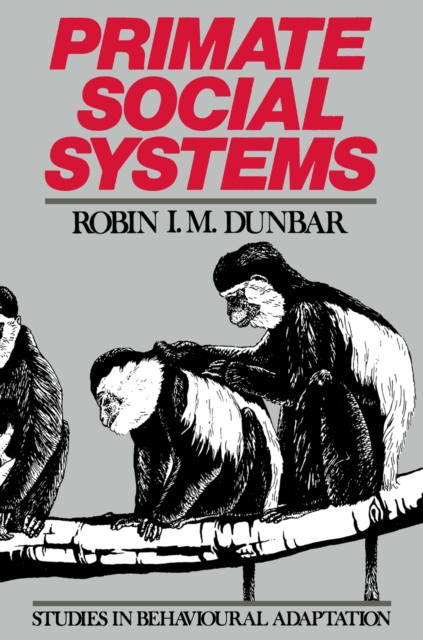
Primate Social Systems PDF
by Robin Ian MacDonald Dunbar
Part of the Studies in Behavioural Adaptation series
Description
This book grew from small beginnings as I began to find unexpected patterns emerging from the data in the literature.
The more I thought about the way in which primate social systems worked, the more interesting things turned out to be.
I am conscious that, at times, this has introduced a certain amount of complexity into the text.
I make no apologies for that: what we are dealing with is a complex subject, the product of evolutionary forces interacting with very sophisticated minds.
None the less, I have done my best to explain every- thing as clearly as I can in order to make the book accessible to as wide an audience as possible.
I have laid a heavy emphasis in this book on the use of simple graphical and mathematical models.
Their sophistication, however, is not great and does not assume more than a knowledge of elementary probability theory.
Since their role will inevitably be misunderstood, I take this opportunity to stress that their function is essentially heuristic rather than explanatory: they are designed to focus our attention on the key issues so as to point out the directions for further research.
A model is only as good as the questions it prompts us to ask.
For those whose natural inclination is to dismiss modelling out of hand, I can only point to the precision that their use can offer us in terms of hypothesis-testing.
Information
-
Download - Immediately Available
- Format:PDF
- Publisher:Springer US
- Publication Date:09/03/2013
- Category:
- ISBN:9781468466942
Other Formats
- Paperback / softback from £63.09
Information
-
Download - Immediately Available
- Format:PDF
- Publisher:Springer US
- Publication Date:09/03/2013
- Category:
- ISBN:9781468466942










